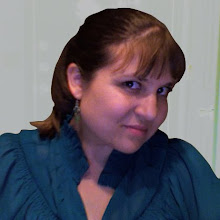We are focusing on the concept of community (and the ways we can get at culture through that lens) in both studio and seminar this semester. To do this, we are using a framework of qualities about community put forth by Dori Tunstall (design anthropologist). She posits that a community displays/contains the following five characteristics (in varying degrees):
• Historic consciousness — an understanding of where the community comes from
• Life goals—the things and values that really matter to the community
• Organizational structures—how decisions are made, how the community is arranged, and how members fit into that
• Relationships—the ways in which people connect and communicate and create understanding and trust
• Agency—the degree of control (or influence) an individual has within the community
We have also discussed the discipline of ethnography, and the ways in which designers can use the techniques of that discipline to engage and study specific communities. A thick description is something created by an ethnographer (or someone acting as one)—a detailed, rich and expansive description of people, actions, behaviors, objects, environments and other "stuff" observed in a culture.
Our first assignment was to observe the culture within one of the local coffee shops in Raleigh and create our own thick description. We are working in teams of four or five to bring together the observations of several people into one macro-description. I chose to observe Starbucks, and my team decided to make our observations at different times on different days. I went on a Saturday just after lunch, ordered an iced coffee, found a plush chair in one corner, and spent the next hour and a half scribbling furiously in my notebook, trying not to look too conspicuous.
It was fascinating (truly) to sit in a commercial space and just watch people (people watching is something I enjoy doing all the time) but this had a different quality to it, a more pointed purpose, a depth that regular people watching doesn't have.
After the observations were all finished, my small group came together and wove our separate descriptions together, looking for patterns, anomalies and points of interest. Rehashing and combining what we had observed led to insights and opinions we wouldn't have made through the initial observation.
Ultimately, what this assignment revealed is that observing people in an environment can lead to compelling information not easily garnered through a questionnaire or focus group. By carefully observing the ways people interact with objects, environments, products and each other, designers can look for the points of mediation within a complete experience and begin to see how design can slip into those points.
Subscribe to:
Post Comments (Atom)


No comments:
Post a Comment